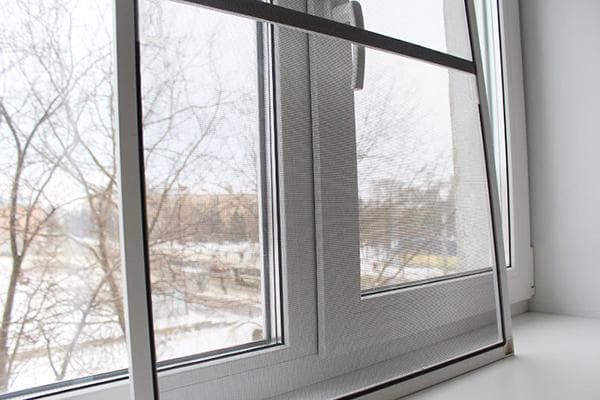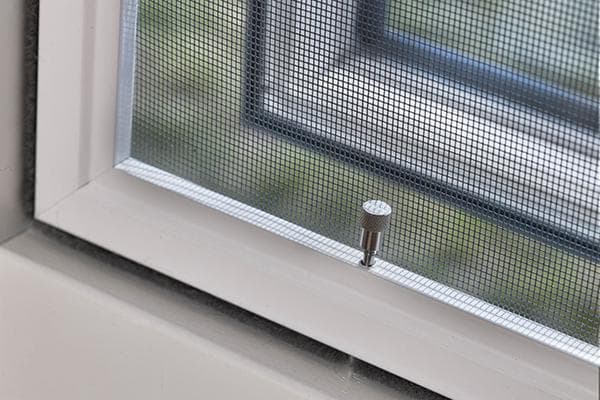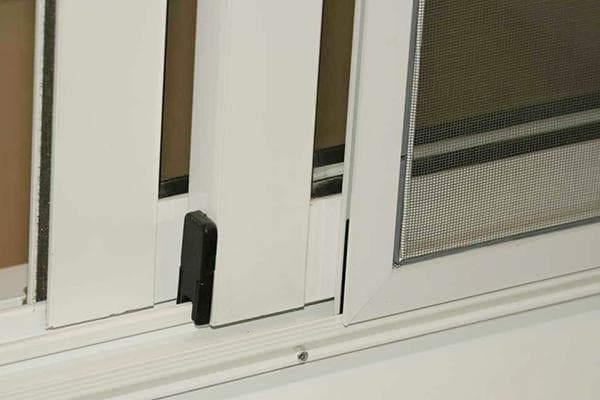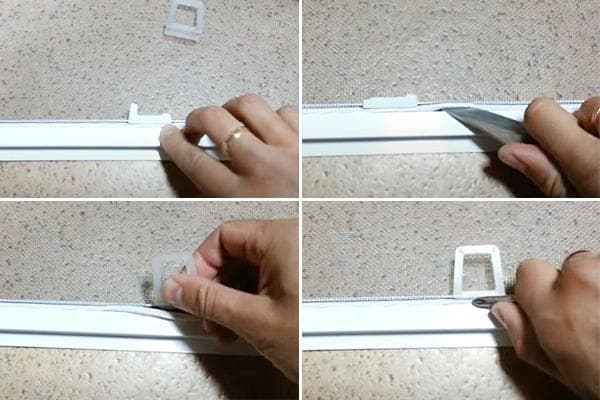How to remove a mosquito net from its fastenings on a plastic window?
It is not for nothing that popular proverbs warn about the dangers of haste in any matter. Trying to remove a mosquito net from a plastic window without understanding the design of the hooks can lead to damage. So first you need to understand how fastenings work.
We will understand the general principles of dismantling mosquito screens from windows, and also find out what to do if the ears on the frame are broken.
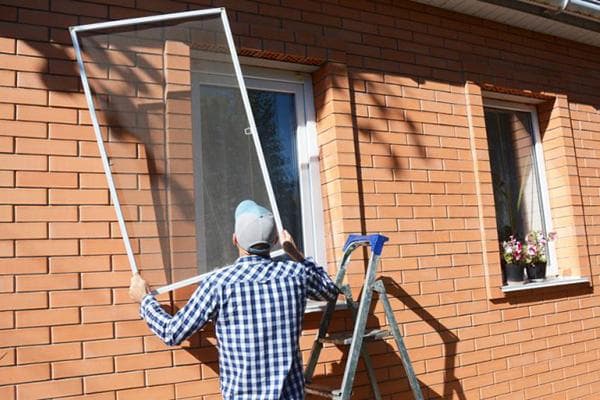
Is it really necessary to remove the screen from the window?
This question arises when you don’t want to tinker with fasteners or look for a place in the room for the removed mesh. The process is especially complicated if the handles on the frame have broken off. But no matter how difficult dismantling may seem, it is necessary to remove the mosquito screen before the onset of the winter season. There are several reasons for this:
- The polymer from which the frame is made is not sufficiently resistant to low temperatures. In 30-degree frost, the plastic may crack and the entire structure will become unusable.
- Snow and rain are a severe test of the fastenings and the mesh itself for their ability to resist corrosion. In most cases, corrosion processes win out - after one winter season, the mosquito screen will have to be thrown away.
- Winter days are short and often cloudy, so little light enters the rooms. And the cellular fabric (especially clogged with dust and dirt over the summer) will additionally reduce the light flux entering the room.
- Birds can damage the honeycomb fabric while searching for food during hungry winters.
All these arguments show that insect screens should be removed from windows and balcony doors every year. After dismantling, the canvas must be thoroughly washed to remove dirt and dust, dried, and then stored until next summer.
Removing an intact mesh
To remove mosquito screens, it is better to choose a warm day without precipitation or gusty winds. On a rainy and cold day, it is uncomfortable to do dismantling work, and on a windy day it is also unsafe, because a strong gust can tear the light mesh out of your hands. To make it easier to cope with all operations, you need to work together.
The mosquito net is not a reliable support. You can’t lean on it, otherwise it will simply fly out of its fastenings and fall onto the street.
To remove the frame of the mosquito screen from the fastenings, take it by the special handles or ears attached to the rigid profile. The procedure is slightly different depending on the design of the mosquito screen and how it is attached to the window frame:
- Frame nets secured with Z-shaped brackets or corner “pockets” are removed by lifting them up by the ears until they stop. In this case, the lower edge of the frame will come out of the hooks. Then the mesh is lowered down, removed from the upper pair of fasteners. All that remains is to turn the screen on its side and bring it into the room through the window opening.
- If the frame mesh is secured with plungers, you need to work together. One person holds the screen, and the second turns the lower plungers several turns counterclockwise. After this, the net can be easily removed from the lower and then upper hooks.
- Removing the sliding frame from the rail guides is easiest because it is installed on the inside and not on the outside of the room.But even here, some caution is required so as not to drop the mosquito screen. First, the frame is lifted by the ears, removing the lower sliders from the guides, and then the upper sliders are removed from their grooves.
- Rolled screens, as a rule, are not removed from windows. They are simply retracted completely into the casing. In this condition, the mesh survives the winter season well.
In all cases, the correct actions make dismantling easy and quick. If the mesh cannot be removed, there is no need to use brute force. Carefully inspect the frame and hooks to understand what is preventing dismantling. And then, having eliminated the obstacles, return to work.
What to do if the ears or handles break off?
Depending on the model, the mosquito frame is equipped with handles or ears that need to be pulled to remove the net from the hooks. Such ears are the most unreliable part of the structure. They can break off due to improper actions, drying out of the plastic or “aging” from temperature changes and solar ultraviolet radiation.
When choosing a mesh, pay special attention to what the handles are made of and how they are attached to the frame. It’s better to overpay a little for a model with aluminum handles and high-quality fasteners than to suffer from annual breakdowns later.
If, when trying to remove the mesh from the window, one (or both) tabs remain in your hand, the work becomes dramatically more difficult. Without this element there is simply nothing to grab the mesh by. But experienced installers know a few tricks that help them cope with this difficult situation:
- A key ring works best as a temporary handle.To hook it into the frame, you can pass the wire directly through the holes in the mesh, but it is better to slide the ring under the pulled out sealing cord, and then push the seal into place.
- If you don't have a key ring, thick wire or a large fish hook will do.
- To temporarily solve the problem, use a piece of polyethylene or thick fabric tape. By passing such a ribbon through the mesh and tying it with a ring, we get a temporary handle of quite acceptable strength.
A temporary handle made from a key ring or fabric tape will not only help you remove the mosquito screen frame from its mounts, but can also last until the end of the season. However, it does not look very nice, so after dismantling it is worth worrying about replacing the handle.
How to replace a broken handle?
The procedure for replacing broken ears is quite simple, but first you need to purchase new ones. This can be done at companies that produce spare parts for plastic windows, or you can order them online. In addition to the spare part, you will need a roller for rolling up the sealing cord and a blunt screwdriver to pick up the cord and remove it from the grooves.
The replacement process is quite simple:
- Having picked up the sealing cord near the broken handle, we remove it from the groove. There is no need to pull out the seal around the entire perimeter; it is enough to provide access to the broken part.
- We take out the fragments of the old ear.
- We put the new ear in place.
- Carefully roll the seal back into the grooves.
This way you can easily cope with repairing a broken eyelet on a mosquito net on your own and save on calling a technician.
To prevent annoying breakdowns of the screens from occurring too often, you need to be careful when installing and dismantling, do not rush and do not start work without a clear understanding of how to properly attach the screen to the window or remove it from the mounts. And if the eye does break, we hope that our tips will help you remove the mesh and carry out repairs.
